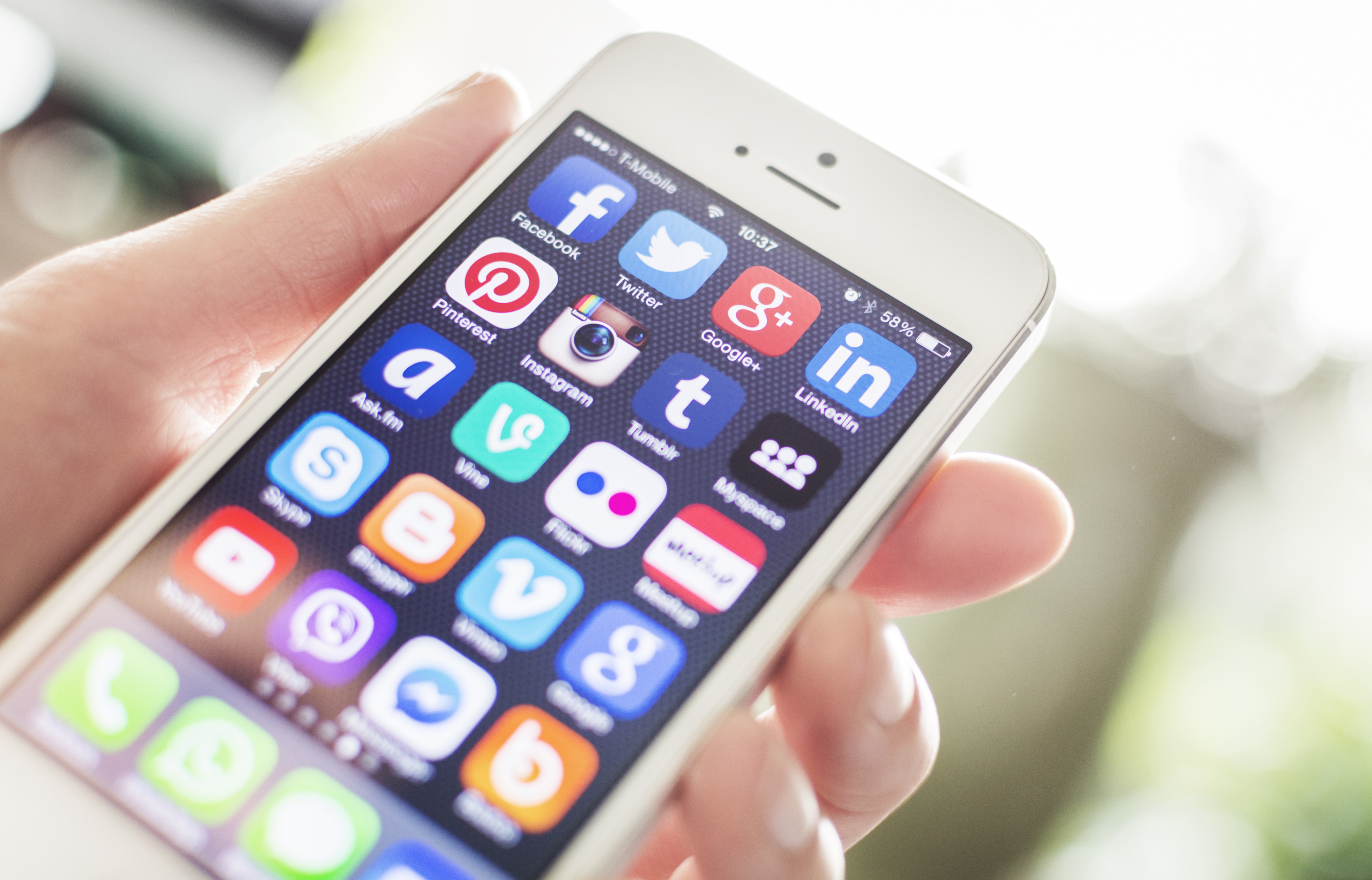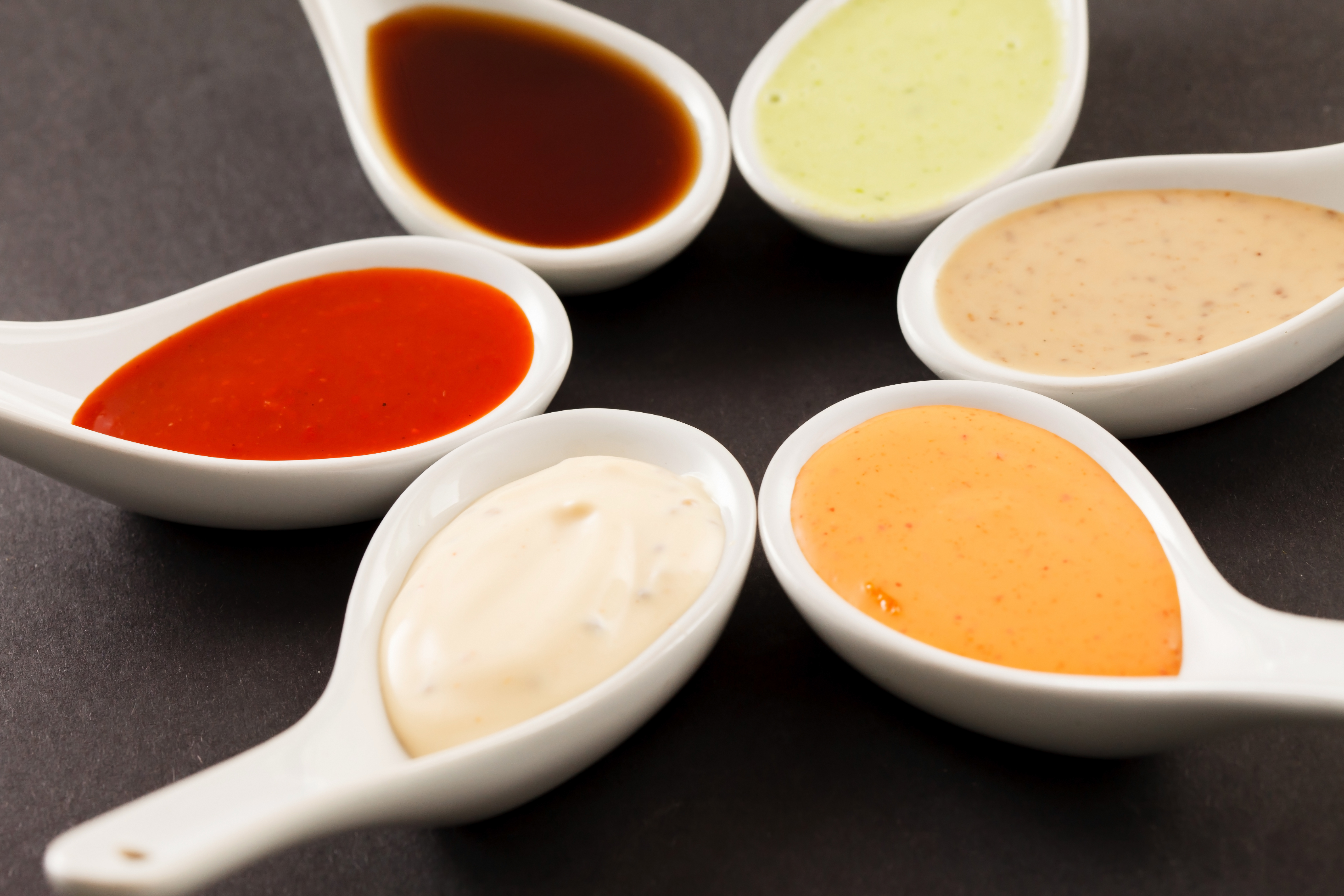The concept is not a new one, and the philosophy behind it is simple: information needs vary throughout the sales cycle. Reach the target market with the right content, at the right time.
Rethinking Segmentation
Beyond developing segmentation based on characteristics of your target market, it’s important to further segment based on the prospective customer’s stage in the sales funnel: awareness, interest, consideration, or decision. Ask yourself (and sales!) — what are the needs of each stage? Let’s think about a simple sales cycle. At the top of the funnel, the content’s role is to build awareness. At the middle of the funnel, it’s all about driving brand preference, and at the bottom of the funnel, it’s all about conversion. Identify and develop the appropriate marketing content to address these needs.
Write the job description for the content and then execute.
Awareness
At this point, your audience doesn’t know much about your company, products and services. These individuals may not even know they have a need. The goal of the content is to trigger a pain point and drive interest.
- Blog posts
- Podcasts
- Whitepapers
- Press
- Newsletters
Interest
You have a prospect who needs a solution to a problem and starts actively looking for one. Marketing content in this phase should educate them about your product or service and help overcome potential barriers to adoption.
- Webinars
- Solution videos
- Events
- Data sheets
- Clinical case studies
- Solution sell-in decks
Consideration
Moving leads through the funnel requires close collaboration between marketing and sales. In this phase, your marketing content should demonstrate value and help differentiate your product or service from competitors.
- Buying guides
- Evaluation tools
- Custom events
- Customer testimonials
- Product demos
- Product trials
Decision
When you’ve reached the bottom of the funnel, it’s all about driving action and decision now. Content at this phase should demonstrate economic value and assist the influencer in securing purchase approval.
- Business cases
- Proformas
- ROI case studies
- Executive presentations
- Site visits
- Financial services
This basic 4-phase sales funnel can be expanded to include additional phases such as loyalty and advocacy once you’ve developed a substantial installed base.












